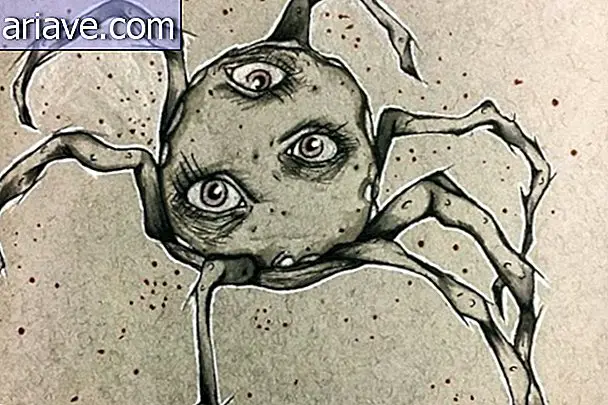Optical illusion: Understand how spinning circles work

The above drawing by Akiyoshi Kitaoka of Japan's Ritsumeikan University was created in 2003 and since then he and several other scientists have been trying to figure out how the image works. According to Discover Magazine, Stephen Macknik of the Barrow Neurological Institute of Phoenix in the United States seems to have the answer.
If we pay attention, the circles move as we direct our gaze to one spot or another of the figure. What Macknik did was follow the eye movements of volunteers as they watched two of the circles in the image. Macknik noticed a close relationship between what triggers the beginning of illusion - that is, when we begin to perceive the movement of circles - and a kind of involuntary movement of our eyes.
Shaking the Photoreceptors
When we stare at any figure for a long time, the photoreceptors in our eyes, which send the light signals to the brain, get tired, making the signals weaker. To compensate for this "tiredness, " our eyes move quickly, as if to awaken the photoreceptors.
However, these small compensatory movements interfere with our perception of movement and, in the case of the Kitaoka figure, the combination of strong colors and contrasting shapes causes our brain to be confused by so much information and make us believe that circles They are moving.



















